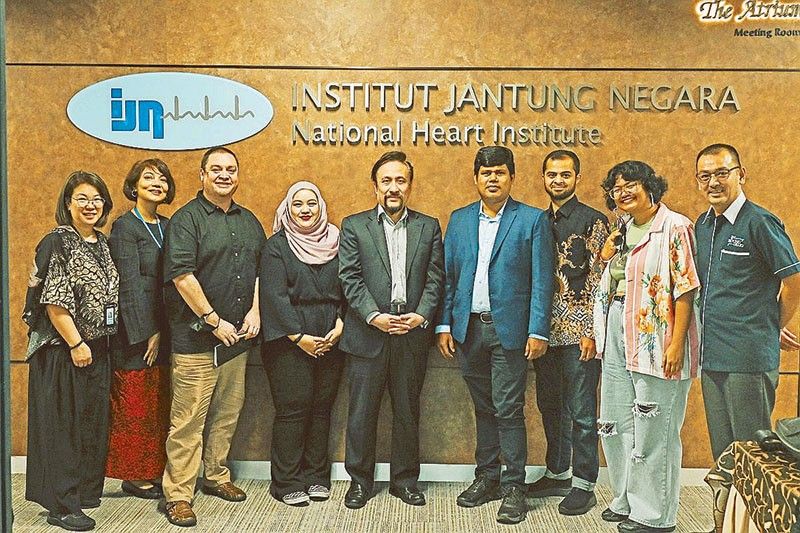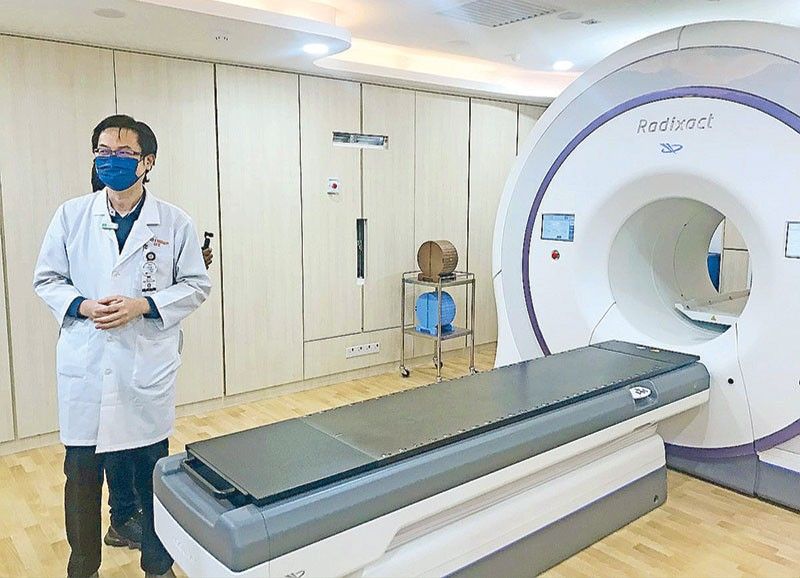Malaysian healthcare focuses on holistic healing

Malaysia’s top four hospitals put a premium on top-tier technology and thoughtful, personalized care
At the onset of the COVID-19 pandemic, the world was faced with an inescapable truth: health does not exist in a vacuum, and we are only as healthy as the people around us. Rightfully, health came to mean not just the absence of illness but something more multidimensional.
Traveling for healthcare, while not new, gained increased prominence. It presented an apt alternative for people faced with costly hospital bills or lack of beds in their home countries. We are offered diverse pathways to more cost-effective medical services and expertise.
Malaysia emerges as a key player in healthcare travel, having kicked off its Flagship Medical Tourism Hospital Program this year. Spearheaded by the Malaysia Healthcare Travel Council (MHTC) and endorsed by the Government of Malaysia and the Ministry of Health, this collaborative effort with international bodies IQVIA and Joint Commission International (JCI) recognizes and hones hospitals across the country to deliver end-to-end patient experiences rooted in medical and service excellence.
MHTC has recognized four flagship hospital finalists, all of which have vigorous mechanisms for accommodating international patients and a strong focus on physical, emotional, and social wellness.
Institute Jantung Negara (National Heart Institute), Kuala Lumpur

Fitting for a heart institute, IJN is located at the heart of Malaysia’s capital. It is one of only 11 healthcare organizations in Malaysia accredited by the prestigious JCI, with the institute excelling not just in patient care but also in training and research.
“If you want to live longer, come to us,” head of marketing Akim Affandi Ahmad says, revealing that the institute’s founder, who established IJN in 1984, is still one of their patients.
Among IJN’s top strengths is its people. Given that nurses provide care at every step of treatment, the institute places importance on capacity-building in its nursing program. It also has robust training for physicians from Malaysia and beyond, including 12 so far from the Philippines. In fact, part of the reason they opened their doors to international patients in 2008 was increased capacity and strong relationships with doctors they trained all over the world.
Their doctors and surgeons are also employees of IJN, so healthcare providers are available 24/7. As Ahmad says, “The heart cannot wait.” The clincher is that while IJN operates like a private facility, it’s owned by the Malaysian government — services are more affordable without the quality of care being compromised.
Subang Jaya Medical Centre (SJMC), Kuala Lumpur

As a leading cancer care provider in Malaysia, SJMC is a frontrunner in both technology and patient-centric care. The two work hand-in-hand to achieve optimal quality of life: topnotch facilities require fewer treatment sessions and less turnaround time, so patients can allot more time and energy towards healing emotionally, too.
SJMC connects patients with survivors in case the former have any questions or need support and guidance. “We help the patient go through the journey. It’s people caring for people,” says SJMC CEO Bryan Lin.
Also accredited by JCI, SJMC elevates its care by focusing on specialized palliative and pediatric care, as well as preventive measures. It recently introduced Connected Care, an end-to-end service that keeps patients and families connected to SJMC’s healthcare providers, from booking appointments to medical assistance post-discharge.
SJMC is the flagship hospital of Ramsay Sime Darby Health Care, a joint venture between Ramsay Health Care Australia and Sime Darby. In terms of affordability, SJMC has no tiered pricing in place and implements flat rates for clinical tests.
Mahkota Medical Centre,Melaka
Melaka, two hours away from Kuala Lumpur, is a UNESCO World Heritage City that is “tranquil and the perfect place to heal,” says Mahkota CEO Stanley Lam. “We want patients to feel that this is their home.”This was easily apparent during our visit; beside the hospital are a hotel and shopping center to cater to every need of patients and companions. To further advance its healthcare delivery through new medical technologies, Mahkota partnered with Siemens Healthineers. Clinical outcomes reflect this: Mahkota is a Centre of Excellence for cancer and diabetes, also excelling in areas such as bone and joint replacement, emergency and trauma, men’s health, neurological and stroke, and women and children.
It also garnered JCI accreditation while keeping prices affordable because it’s not in the capital. Lam says this is their way of extending excellence to more people, both locals and international patients.
Island Hospital, Penang
Island Hospital is among the busiest hospitals in Penang, accommodating mostly international patients who vacation on the island. Its range of services encourages not just normal recovery but a healthy one, living out its mission “to comfort always.”
Advanced medical equipment and over 70 full-time specialists work across nine Centres of Excellence: diabetes, fertility, health screening, movement disorder, rehabilitation and physiotherapy, spine, and urology. The health screening center, in particular, is the biggest in Malaysia — a testament to the hospital’s commitment to preventive care. Head of marketing Vincent Tey mentions that international patients often include a trip to Island Hospital’s screening center as part of their holiday itineraries.
As such, it adopts foreign best practices to deliver care that is most conducive for patients, regardless of where they come from. Each individual receives customized wellness packages built from comprehensive history-taking, with results delivered within the day. Greenery and natural light also fill the building, making the atmosphere inviting.
Island Hospital continues to expand to offer more specialized treatments, with an Island Medical City on its horizon.



















